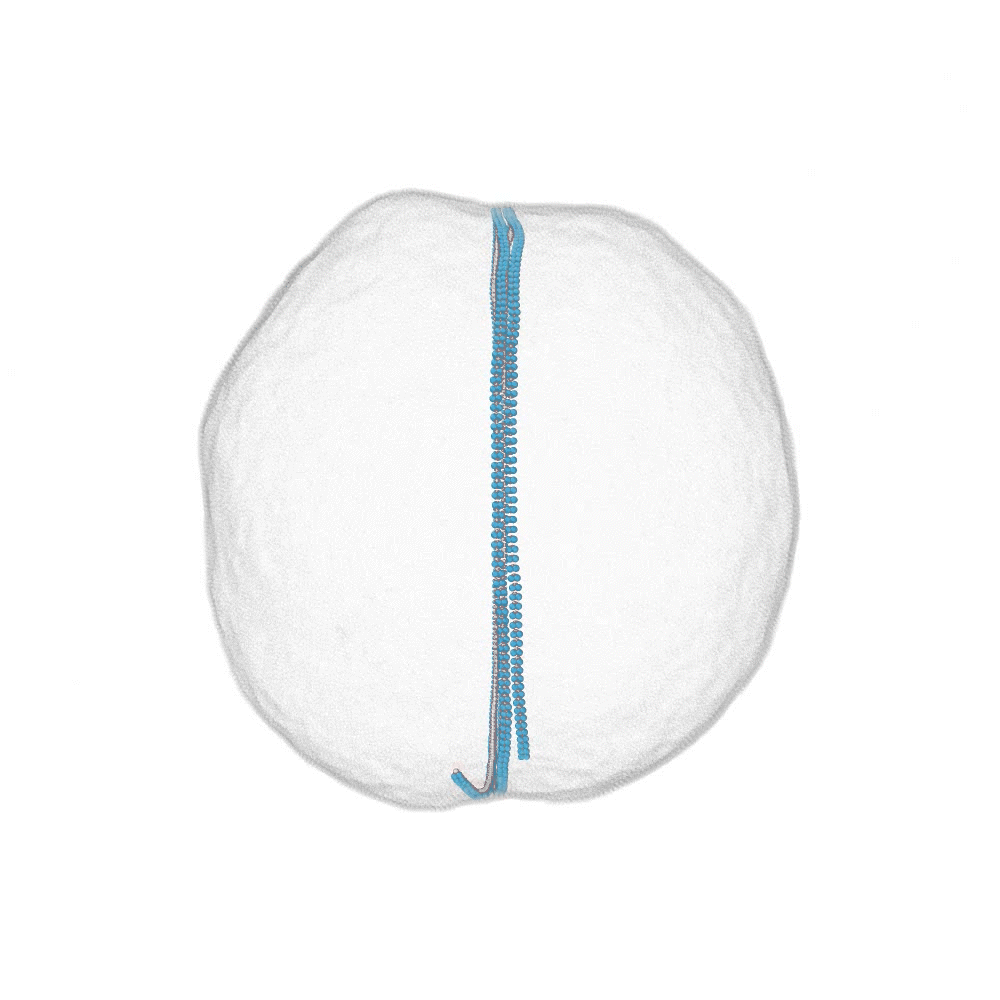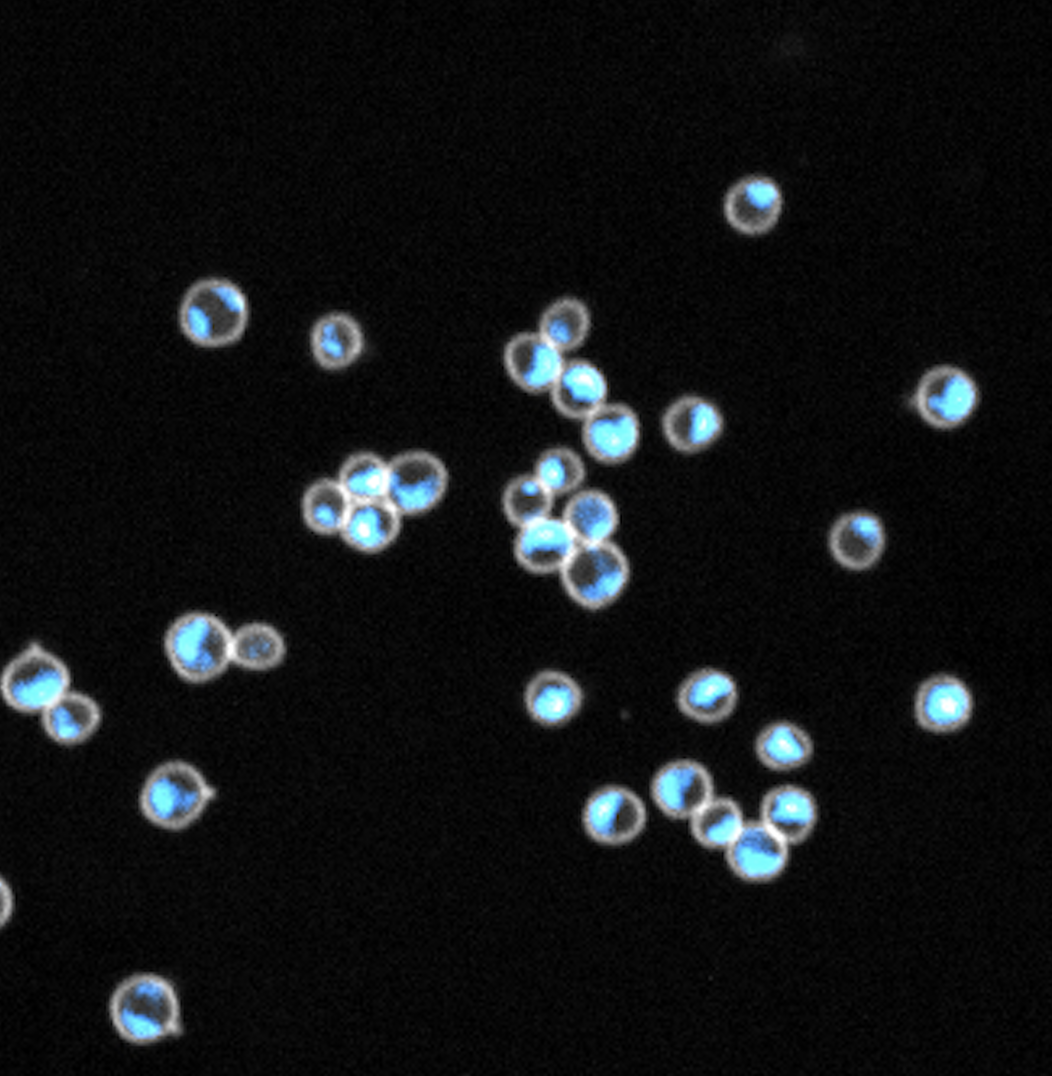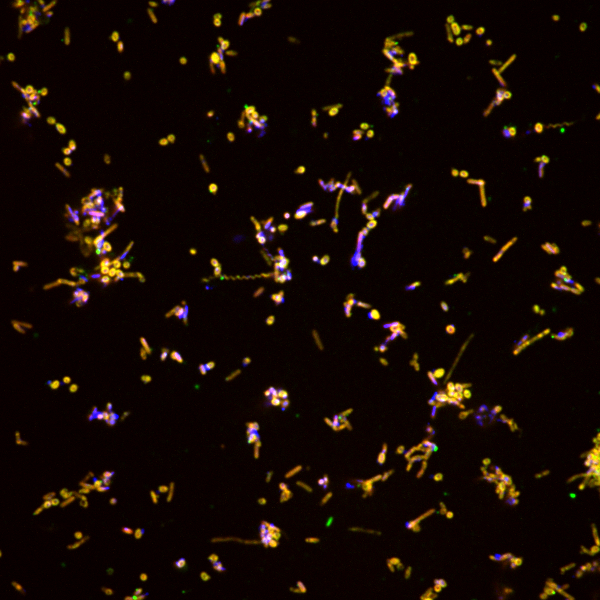Cell division is the process by which one cell becomes two. It is the most complex event in the life of any cell, involving the precisely orchestrated whole-sale remodelling of cell structure which functions to ensure that each of the two daughter cells inherits a full complement of cellular machinery – including membrane, cytoplasm and DNA. The lab has recently begun using Archaea as a new lens through which to look at the process of division afresh. This work has revealed how a composite ESCRT-III polymer-based division ring is assembled and remodelled by Vps4 to induce Sulfolobus cell division – and has enabled us to identify similarities and differences between archaeal cell division and ESCRT-III-mediated abscission in human cells. Taking this further, we have recently begun to explore the spatial and temporal coupling of cell division and genome segregation, and to investigate the roles of the archaeal membrane (which is mostly monolayer, not bilayer) and surface proteins in this process. The team is also interested in understanding how Archaea maintain an ordered cell division cycle in the absence of any known cell cycle regulators. While most of this work has been carried out using Sulfolobus, we have recently begun to explore similar questions using other Archaea, including Ignicoccus hospitalis. It is hoped that this work will give us insights into the fundamentals of division, the peculiarities of archaeal cell division, and the origins of eukaryotic cell division.
People Involved: Alice Cezanne, Kris Yin-Wei Kuo, Joe Parham, Jovan Traparić, Iain Richard
Our lab has been able to capture strikingly beautiful images of archaeal cell division in action.
We have gained deeper insight into the spatial and temporal regulation of archaeal cell division.
Taking advantage of the different backgrounds of our multidisciplinary team,
we use a wide range of computational, molecular, genetic, cellular, engineering, and biophysical techniques
with the goal of better understanding archaeal cell biology in the context of ecology and evolution.
We work with collaborators to solve the structures of proteins involved in cell shape control across the tree of life.

Archaeal Cell Biology
Archaea are everywhere. While Archaea remain the most poorly understood domain of life on Earth, recent work has shown that…
Asgard Archaea and the Origin of Eukaryotes
Asgard Archaea were recently identified as the closest living relatives of modern-day eukaryotes. Remarkably, the genomes of Asgard Archaea encode…

